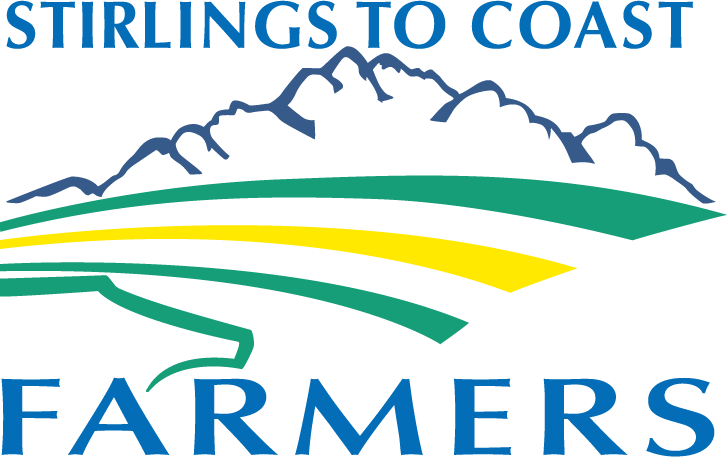Measuring harvest losses in Western Australia
Key Messages
Across the board losses were low
Front losses were a lot more variable, and had a wide range of contributing factors
There is greater improvement to be made in front losses.
Machine losses could be rectified easily within the paddock, where front losses could not.
There is seemingly a floor to losses can largely not be overcome, and the percentage of yield lost on low yielding crops was higher a s a result.
Environmental factors play a much greater role in harvest losses then growers often factor in.
This project will be led by the Grower Group Alliance in partnership with Stirlings to Coast Farmers, as well as many other grower groups in the state. The project is funded by the Grains Research and Development Corporation and SCF is pleased to be a partner in the project.
Project Aim:
To measure and quantify grain harvester losses in Western Australia in a range of cereal, oilseed and pulse crops under harvester configurations typical to the state.
Methodology
From the Great Southern area there were 16 participating crops, that covered cereals, pluses and oilseeds, all of varying yields and varieties. The methodology for measuring losses was tailored to each machine/front set up to best capture the losses in the most representative fashion.
A wide range of variables were recorded to provide context to the results. These included: Time of day, ambient conditions (Temperature and humidity), time after maturity, variety, crop conditions, straw conditions, crop yield, grain moisture, crop cut height and average crop height, and whether the farmer had used drop trays before.
Front Losses
Front losses were calculated by placing trays under the header front. The trays were placed under the divider, feeder house and offset of the feeder house, to ensure the accuracy of the measurement. The machine then drove over the tray, capturing the losses. The material from the drop trays was then cleaned, separating the grain from the residue. Where whole pods or whole heads had fallen in the grain was threshed by hand out of the heads. Notes were taken when whole heads/pods appeared in the sample to provide a greater context to the source of the losses.
Machine Losses
Machine losses (sieve and rotor) were measured together, with the mode of straw and chaff management factored into the measurement. The Bushel Plus App factors in the different modes of operation, to ensure that losses are accurately calculated irrespective of the chaff/straw management system.
Machine losses were calculated using two trays, one dropped under the centre of the machine, usually off the back axle or the feeder house, and one dropped within the residue spread zone typically just outside the wheel. Measurements were taken from the left and the right side of the machine to account for wind/preferential spread. It should be noted that the calculations assume that the spread is even, within the spread range, ie, the same amount of grain is being lost at the far edge of the residue spread as it is directly behind the machine.
Discussion
The academic consensus on acceptable harvest losses varies widely depending on which institution has conducted the research, and when the research was conducted. However, 3% machine losses for cereals, and 1% for canola are widely accepted, with losses on pulses ranging from 5-20% depending on variety deemed acceptable. Overall, the percentage of harvest losses from growers within the APZ fell within these acceptable levels. Farmer’s motivations often dictated the level of losses they were trying to achieve, with there often being a balance between time spent adjusting machines and waiting for ideal conditions to harvest being weighed against getting the crop off. On top of this, commodities price, the scale of the harvest and whether the farmer ran livestock also played a roll in what they deemed to be an acceptable level of losses, and what their target losses where. Most farmers had the view that the new machines were contributing to the reduced harvest losses, as the technology in the machines made losses easier to manage.
Interestingly there was a lot of evidence of pre-harvest – post-maturity losses, particularly in barley and legumes, where environmental factors or crop physiology had resulted in what appeared to be a significant percentage of grain being lost. This is potentially an area for future research as there is a need to ascertain the level of these losses to get a full picture of the crop potential.
RESources
Videos
ACKNOWLEDGEMENT
This project is funded by the Grains Research and Development Corporation.


